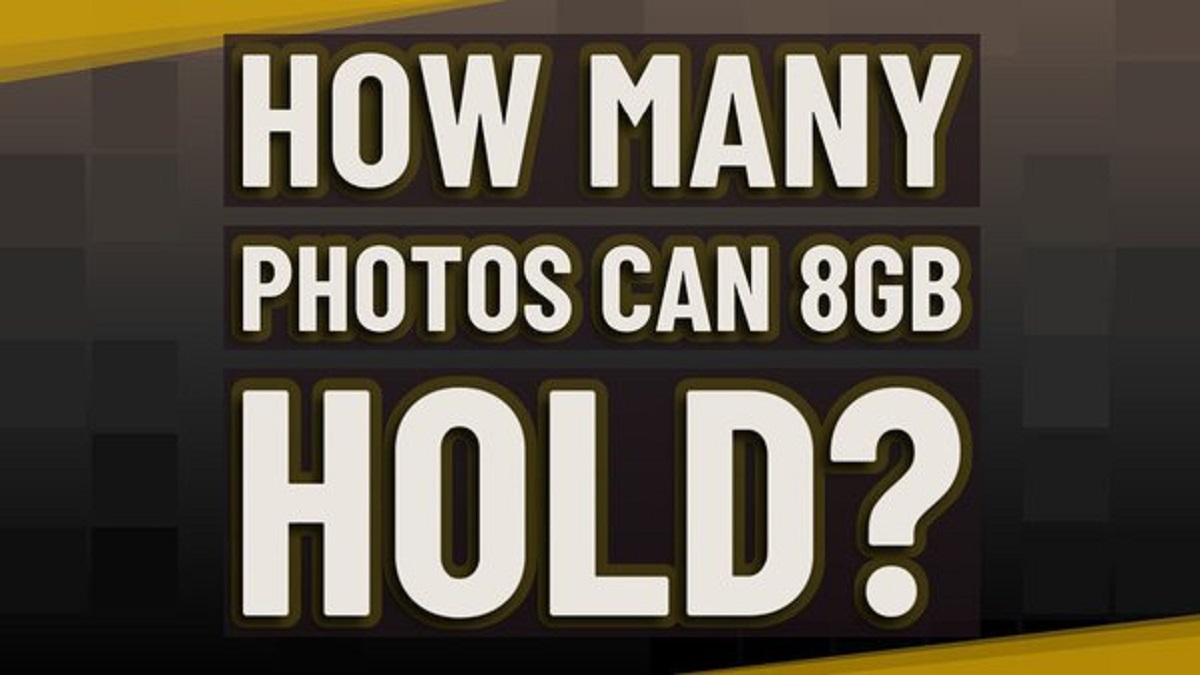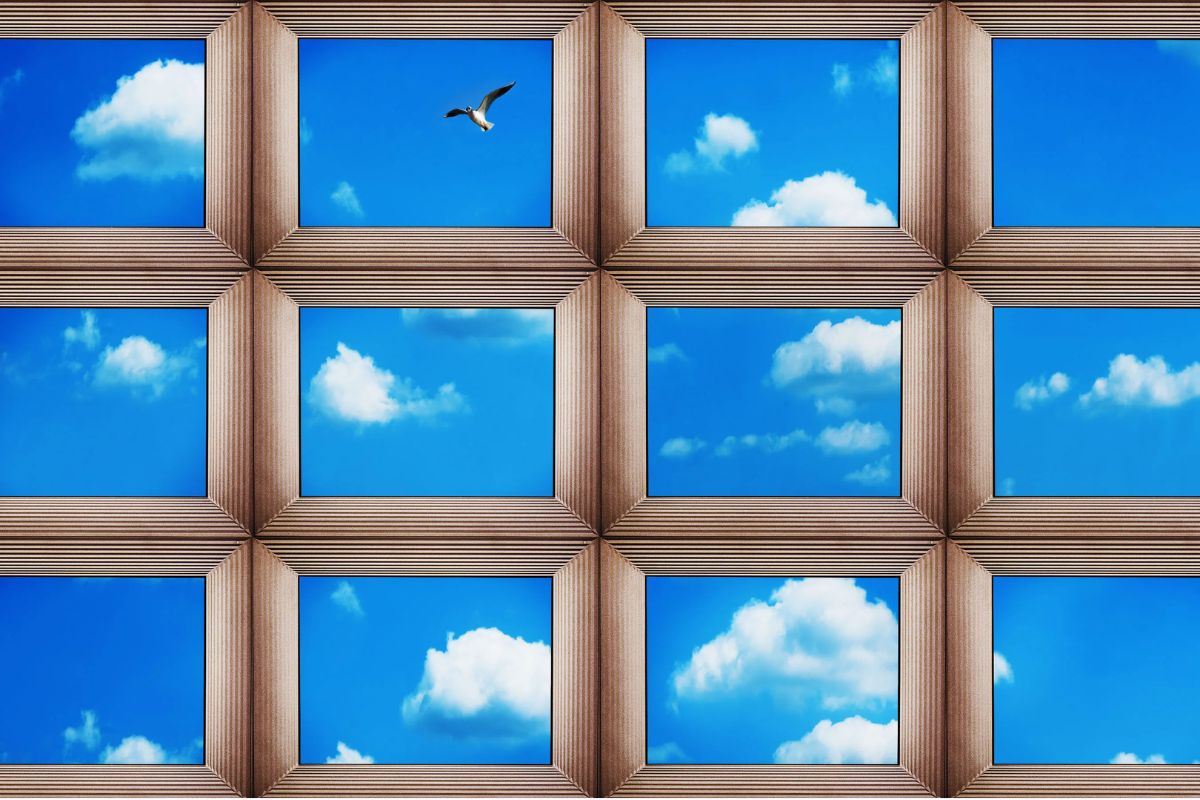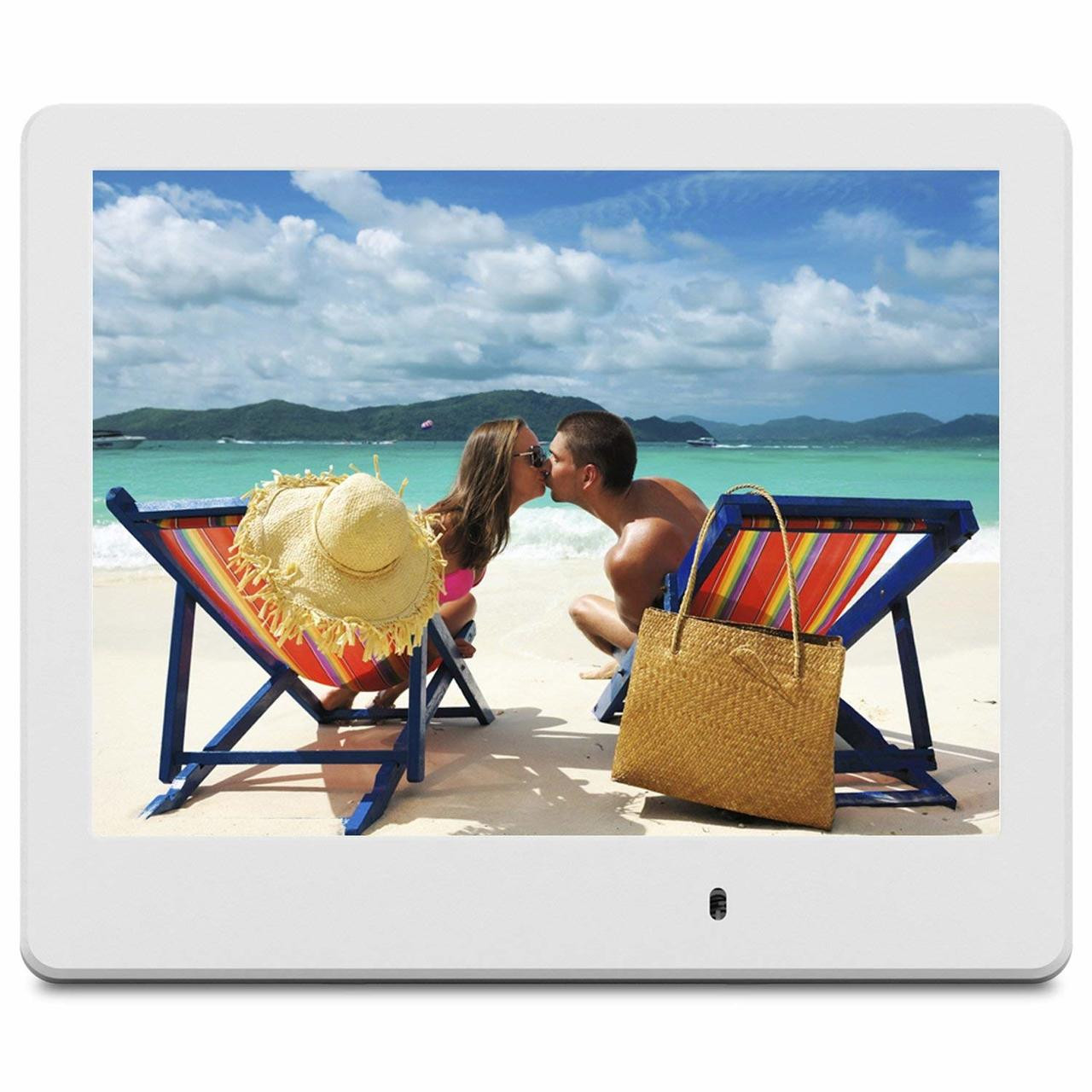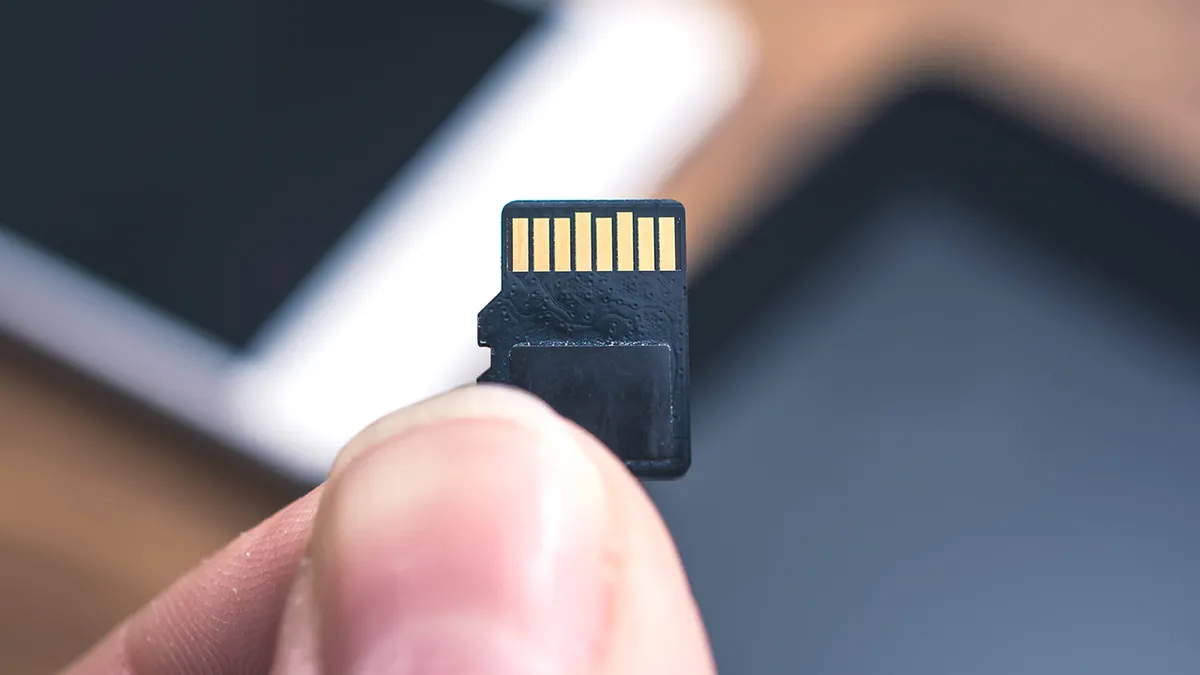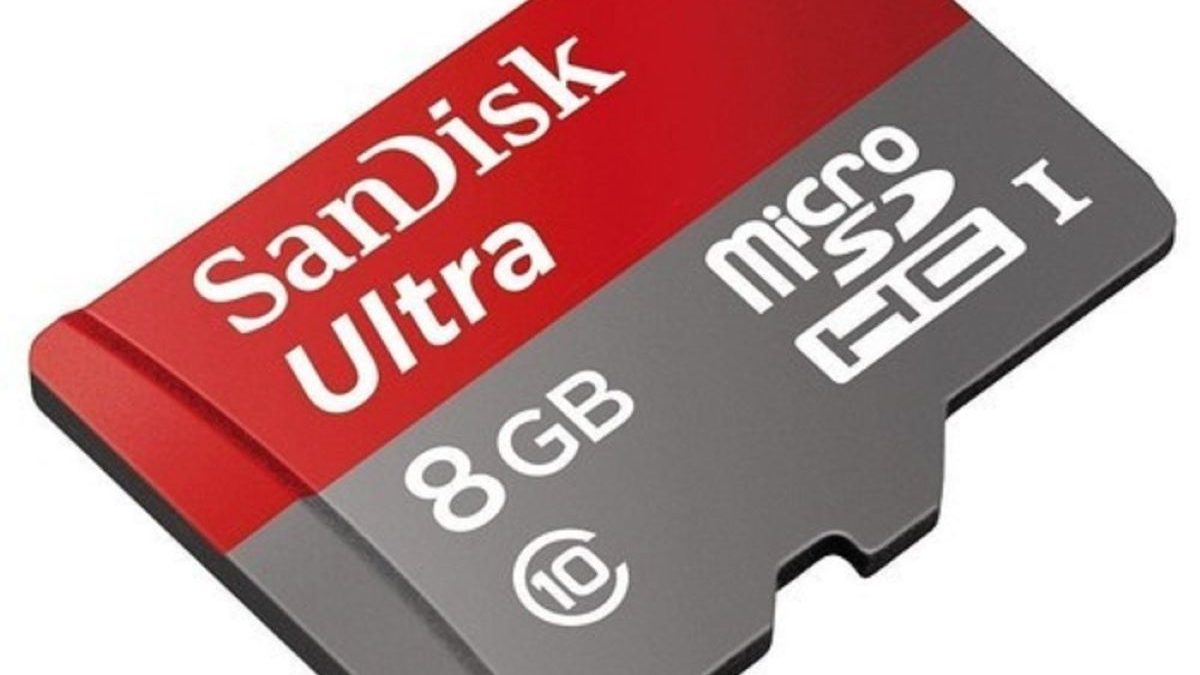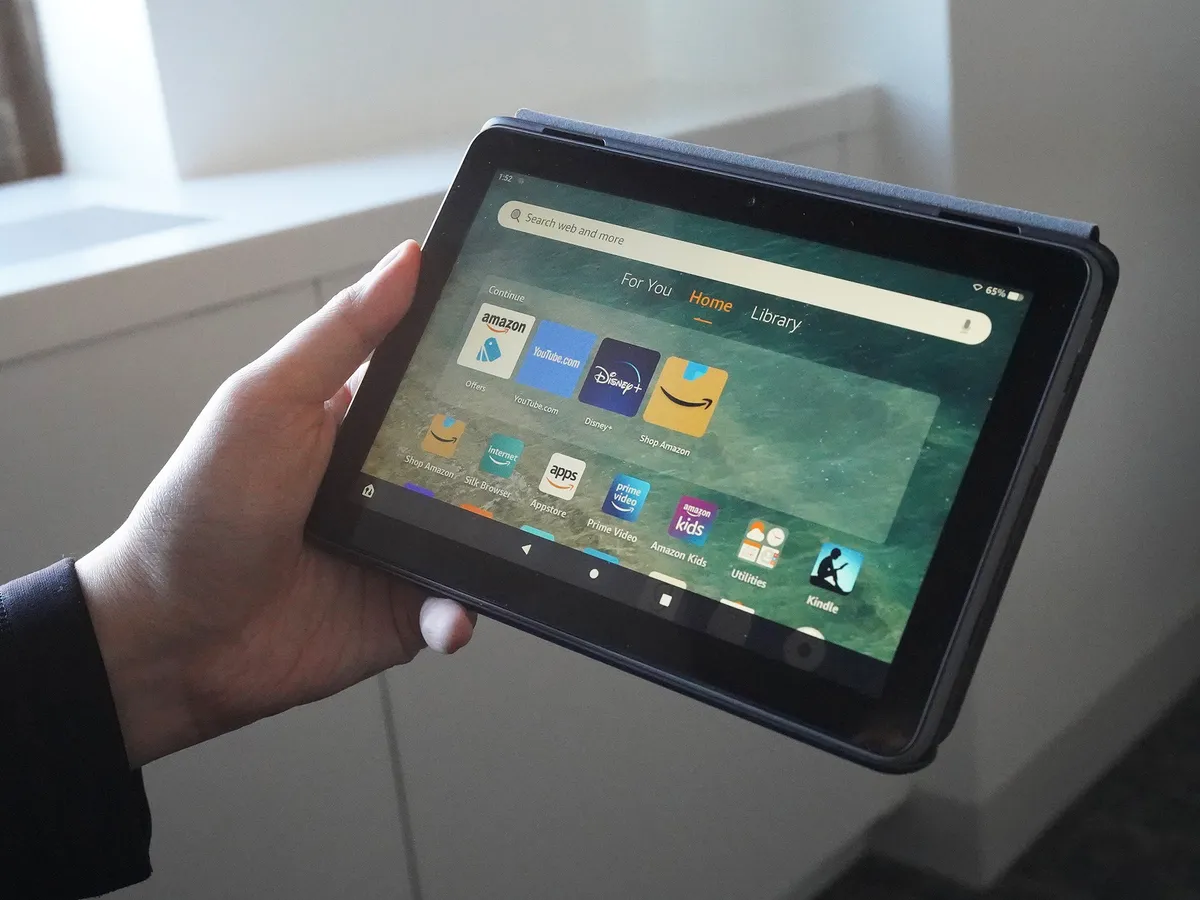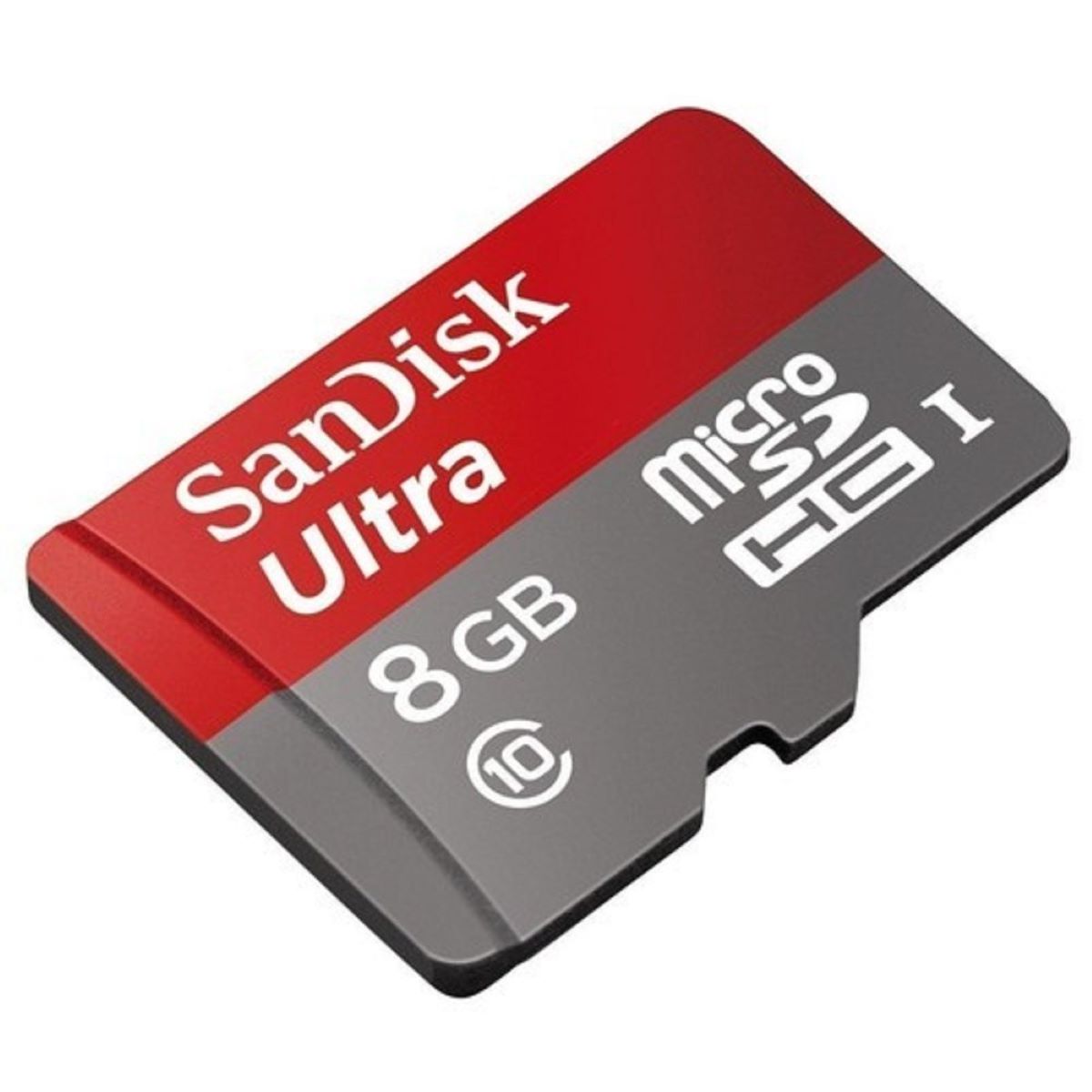Introduction
An 8GB SD card is a compact and portable storage device commonly used in digital cameras, smartphones, and other electronic devices to store photos, videos, and other digital content. Its small size and high storage capacity make it a convenient option for photographers and enthusiasts who want to capture and save their moments.
When it comes to photography, one of the most common questions people have is how many pictures an 8GB SD card can hold. The answer to this question depends on various factors, including the size of the pictures, the file format used, and the storage capacity of the SD card.
In this article, we will explore the factors that affect the number of pictures an 8GB SD card can hold and provide a rough estimate of how many photos you can store on it. However, it’s important to note that the numbers given are approximations and may vary based on individual camera settings and file compression levels.
So, let’s dive in and explore the fascinating world of SD cards and their storage capacities!
What is an 8GB SD Card?
An 8GB SD card, also known as a Secure Digital card, is a type of flash memory storage device that is commonly used in digital cameras, camcorders, smartphones, tablets, and other portable electronic devices. It is a popular choice among photographers and videographers due to its compact size, high storage capacity, and compatibility with a wide range of devices.
The term “8GB” refers to the storage capacity of the SD card. In this case, it means that the card can store approximately 8 gigabytes of data. This storage capacity allows you to save a significant number of high-resolution photos, HD videos, and other digital files without worrying about running out of space.
SD cards come in different storage capacities, ranging from a few gigabytes to several terabytes. The 8GB variant is considered as a mid-range option, providing ample storage space for casual photographers and enthusiasts.
It’s important to note that an 8GB SD card is based on the SDHC (Secure Digital High Capacity) format. This format has a maximum storage capacity of 32GB. If you require more storage space, you can consider upgrading to an SDXC (Secure Digital eXtended Capacity) card, which can support capacities up to 2 terabytes.
Overall, an 8GB SD card is an excellent choice for individuals who engage in photography as a hobby or need a decent amount of storage for their digital media files. It offers a reliable and efficient solution for storing and transferring data between various devices.
How Much Storage Space Does an 8GB SD Card Have?
An 8GB SD card has a total storage capacity of 8 gigabytes, which is equivalent to approximately 8 billion bytes of data. This storage space can be used to store a variety of digital files, including photos, videos, music, documents, and more.
However, it’s important to note that the actual usable storage capacity of an 8GB SD card may be slightly less due to formatting and file system overhead. Typically, you can expect to have around 7.2GB-7.6GB of usable space, depending on the specific SD card and the file system used.
The storage capacity of an 8GB SD card allows you to save a significant number of files, depending on their size. For example, if you are using the SD card solely for storing high-resolution photos, you can expect to store anywhere from a few thousand to tens of thousands of pictures, depending on the average file size.
Keep in mind that the storage capacity can vary based on the file format and compression settings used. For instance, RAW image files are larger in size compared to JPEG files, which means you will be able to store fewer RAW photos compared to JPEG photos on the same SD card.
It’s important to manage your storage space efficiently to make the most out of your 8GB SD card. Regularly organizing and deleting unnecessary files can help free up space for new content. Additionally, consider transferring your files to a computer or external hard drive for long-term storage, especially if you frequently capture a large number of photos or videos.
In summary, an 8GB SD card provides a substantial amount of storage space for a variety of digital files. Whether you are a hobbyist photographer, videographer, or simply looking for additional storage for your electronic devices, an 8GB SD card offers a reliable and versatile solution.
Factors Affecting the Number of Pictures an 8GB SD Card Can Hold
Several factors influence the number of pictures that can be stored on an 8GB SD card. Understanding these factors is crucial for estimating the storage capacity and making the most efficient use of the available space. Let’s explore the key factors:
1. Picture File Size:
The file size of each picture is a significant factor in determining how many images can fit on an 8GB SD card. Higher resolution images and those saved in file formats with less compression tend to have larger file sizes. For instance, a RAW image file will occupy more space compared to a JPEG file of the same image due to the difference in compression levels.
2. Megapixels:
The megapixel (MP) count of a camera sensor determines the level of detail and image quality. Higher megapixel cameras produce larger image files, which consume more storage space on the SD card. Cameras with lower megapixel counts will generate smaller files, allowing you to store more images on the same SD card.
3. Compression Level:
Some file formats and cameras allow for adjusting the compression level of the images. Higher compression ratios reduce the file size but may also decrease image quality. Choosing the right balance between file size and image quality is essential to optimize the storage capacity of your 8GB SD card.
4. Other Data on the SD Card:
In addition to storing pictures, the SD card may also have other types of data, such as videos, music, or documents. The amount of space occupied by these files will affect the number of pictures that can fit on the card.
5. Camera Settings:
The settings on your camera, such as shooting in RAW or JPEG, the resolution chosen, and any additional features like burst mode or continuous shooting, can impact the file size of each picture. These settings should be considered when estimating the number of pictures an 8GB SD card can hold.
By taking these factors into account, you can approximate the number of pictures an 8GB SD card can store. However, it’s important to note that these values can vary and are estimates based on average file sizes. It’s always recommended to check the specific settings and requirements of your camera and the file formats you use to accurately determine the storage capacity for your SD card.
Average File Size of a Picture
The average file size of a picture can vary depending on several factors, including the image resolution, file format, and level of image compression. Understanding the typical file sizes can help you estimate the number of pictures that can be stored on an 8GB SD card. Let’s explore some average file sizes for common picture formats:
JPEG:
JPEG is a widely used image format due to its ability to balance image quality and file size. The file size of a JPEG image can range anywhere from a few hundred kilobytes (KB) to several megabytes (MB), depending on factors such as image resolution, compression level, and complexity of the image. On average, a JPEG image captured with a standard point-and-shoot camera or smartphone can be around 3-5MB in size.
RAW:
RAW is a high-quality image format that retains all the original data captured by the camera sensor. Since RAW files are minimally processed and uncompressed, they tend to be significantly larger than JPEG files. On average, a RAW image can range from 20MB to 40MB or even larger, depending on the camera model and sensor resolution. Professional photographers and enthusiasts often choose to shoot in RAW for greater editing flexibility and image quality.
Other Formats:
Other image formats, such as PNG and TIFF, are less common in everyday photography but still used in specific scenarios. These formats offer lossless compression and are larger in file size compared to JPEG. A PNG image can range from a few hundred kilobytes to several megabytes, depending on the image complexity, while a TIFF file can be several tens of megabytes or even larger.
It’s important to keep in mind that the average file sizes mentioned here are rough estimates and can vary depending on the specific camera settings, image content, and compression levels. Additionally, higher-resolution cameras and cameras with more advanced features may generate larger file sizes. It’s recommended to consult your camera’s user manual or specifications to get a better understanding of the file sizes produced by your particular camera model.
By considering the average file sizes of the picture formats you commonly use, you can estimate the number of pictures that an 8GB SD card can hold. However, it’s crucial to keep in mind that the actual number may vary based on the other factors mentioned earlier, such as compression level and additional data on the SD card.
Estimating the Number of Pictures an 8GB SD Card Can Hold
Estimating the number of pictures that can be stored on an 8GB SD card requires taking into account various factors such as the average file size of the pictures and the available storage space. While the actual number may vary depending on different factors, we can provide a rough estimation based on common scenarios:
Example Scenario 1: JPEG Images with Standard Compression
If we consider an average file size of 3MB per JPEG image, we can estimate that an 8GB SD card can hold approximately 2,500 to 2,700 pictures. This estimation takes into account the formatting and file system overhead, which reduces the usable space on the SD card.
Example Scenario 2: RAW Images
For photographers who shoot in RAW format, the average file size can range from 20MB to 40MB. In this case, an 8GB SD card can store around 200 to 400 RAW images. However, it’s important to note that the number will vary based on the specific camera settings and the image complexity.
Example Scenario 3: Combined JPEG and RAW Images
If you shoot in a combination of JPEG and RAW formats, the number of pictures that can be stored will depend on the ratio of JPEG to RAW images and their respective file sizes. For instance, if you assume an average file size of 5MB for JPEG images and 30MB for RAW images, you can estimate that the SD card can hold approximately 1,400 JPEG images and 130 RAW images.
It’s important to remember that these estimations are rough calculations based on average file sizes and may vary depending on your specific camera settings, compression levels, and other factors mentioned earlier. Additionally, keep in mind that the SD card may have some pre-installed software or other files, which will further reduce the available space for pictures.
To get a more accurate estimation, it is recommended to consult your camera’s user manual or specification sheet, or even perform a test by capturing a few pictures at your desired settings and checking their actual file sizes. This will help you determine the number of pictures you can expect to store on an 8GB SD card based on your specific setup.
Other Factors to Consider
In addition to the factors mentioned earlier, there are a few other considerations that can affect the number of pictures an 8GB SD card can hold:
1. Video Recording:
If you plan to use the SD card for video recording, keep in mind that videos typically take up more storage space compared to photos. The length and quality of the videos will determine how much space they will occupy on the SD card. It’s important to account for this when estimating the number of pictures that can be stored.
2. Formatting and File System:
The formatting and file system used on an SD card can affect the usable storage capacity. The card may have some system and formatting files that occupy a small portion of the total space. Understanding the formatting specifics of your SD card can give you a better idea of the available storage for pictures.
3. Image Editing:
If you plan to edit and post-process your images, it’s important to consider the additional space needed for temporary files and multiple versions of the same image. Editing and saving multiple versions of an image can increase the overall storage requirements on the SD card.
4. File Transfer and Backup:
Transferring files from the SD card to a computer or making backups can also affect the storage capacity. It’s important to have sufficient free space to accommodate the transfer process and duplicate copies of the files if you plan to back up the content. Keeping track of the available space and managing your files efficiently is crucial.
5. Long-Term Storage:
If you plan to use the SD card for long-term storage of your pictures, it’s recommended to consider additional backups. SD cards, like any other storage device, can fail or become corrupted over time. Creating duplicates of your important images and storing them in different locations or on other devices can provide added peace of mind.
By taking these factors into account, you can have a more comprehensive understanding of the storage capacity and make informed decisions regarding the number of pictures you can store on an 8GB SD card. Remember to adjust your estimates based on specific camera settings, file formats, and your unique photography needs.
Conclusion
An 8GB SD card provides a valuable amount of storage space for storing pictures, videos, and other digital content. The number of pictures it can hold is influenced by various factors, including the file size of the pictures, the camera settings, and the available storage capacity. By considering these factors and making estimations based on average file sizes, you can approximate the number of pictures that can be stored on an 8GB SD card.
It’s important to note that these estimations are rough calculations, and the actual number may vary depending on your specific camera settings, compression levels, and other factors. Understanding the average file sizes of the picture formats you commonly use can help in estimating the number of pictures an 8GB SD card can hold.
Additionally, it’s crucial to manage your storage space efficiently by regularly organizing and deleting unnecessary files, transferring files to other devices or backup solutions, and considering the storage requirements for videos and post-processing. By doing so, you can make the most out of the available storage capacity and ensure that you always have enough room for capturing new moments.
Remember to consult your camera’s user manual or specification sheet for more accurate information on file sizes and storage capacity. It’s always recommended to have some free space on your SD card for smooth operation and to avoid running into storage limitations.
An 8GB SD card is a versatile storage solution for photographers, videographers, and enthusiasts alike. With careful consideration of the factors mentioned, you can capture and store a significant number of high-quality pictures on this compact and reliable device.







